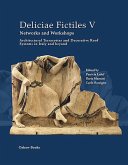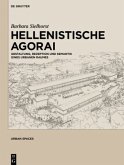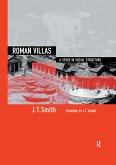
Gebundenes Buch
From the Origins to Late Antiquity
24. Oktober 2019
Cambridge University Press
| eBook, ePUB | 180,95 € |

14,99 €
Versandfertig in über 4 Wochen
Ähnliche Artikel

Gebundenes Buch
Adaptations of Early Temple Architecture in South and Southeast Asia. by Sambit Datta and David Beynon
Revised edition
11. Juni 2014
Taylor & Francis

Gebundenes Buch
Zur Entwicklung und Verwendung antiker Zeitmesser. Bd. 1: Text. Bd. 2: Katalog
November 2013
De Gruyter

Gebundenes Buch
Architectural Terracottas and Decorative Roof Systems in Italy and Beyond
16. September 2019
Oxbow Books Limited

Gebundenes Buch
Entwicklung und Funktionen öffentlicher griechischer Hofanlagen
19. September 2013
De Gruyter

Gebundenes Buch
Gestaltung, Rezeption und Semantik eines urbanen Raumes
20. Februar 2015
De Gruyter


Gebundenes Buch
A Guidebook
26. Juni 2003
Taylor & Francis



Ähnlichkeitssuche: Fact®Finder von OMIKRON
